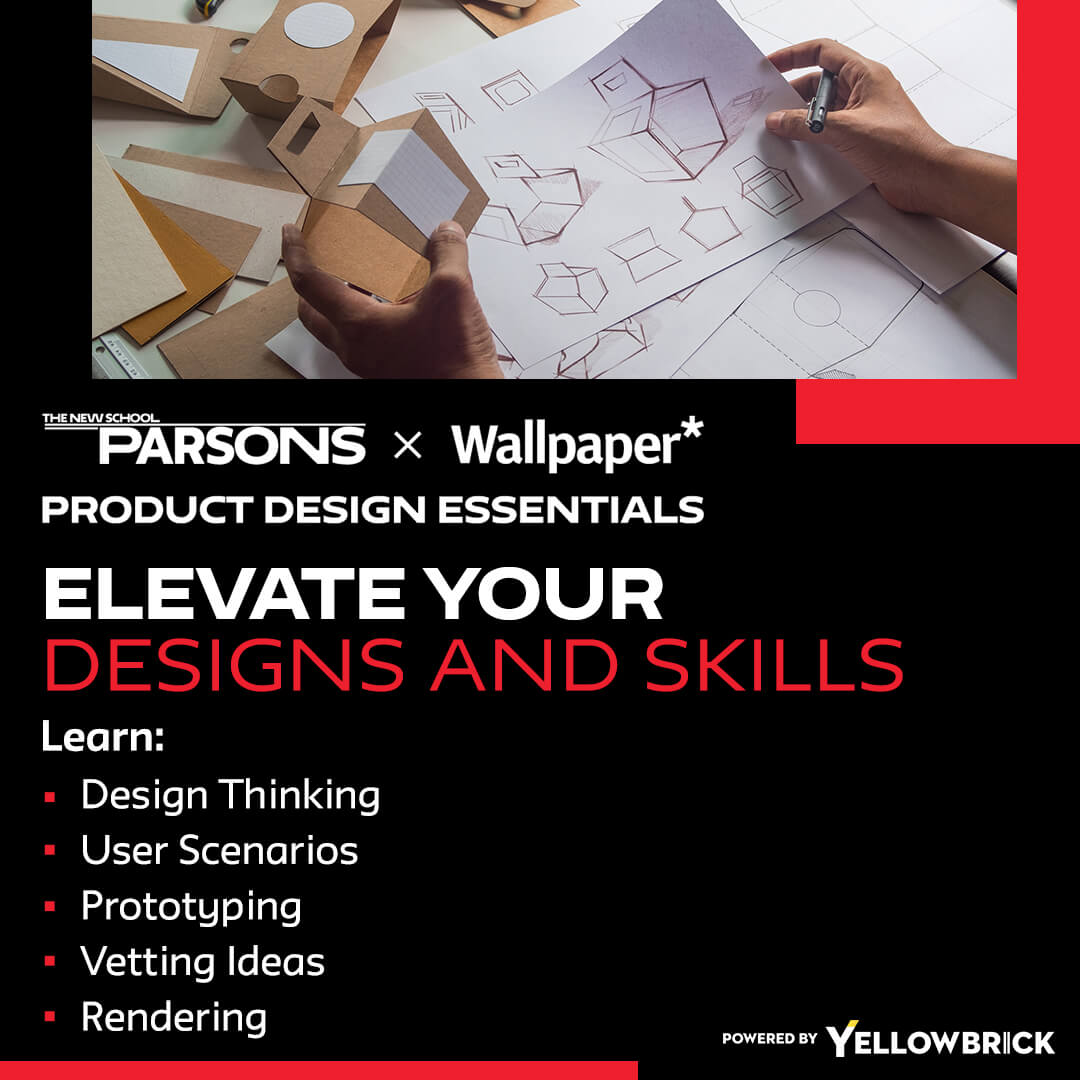Tips in UX and UI Support

“User flow diagrams are when you start getting to the meat of how somebody is going to flow through your experience and what decisions they need to be making at every single step,” Says Agnes Pyrchla concerning UX design. “Whereas a journey map is a bit more contextual about entry and exit points of what someone is going through, their context, where they have pain in general, and what makes them happy. A user flow diagram is trying to solve that pain and communicate, ‘At this point, you’re here, you’re doing this, you have a decision point.’ You can move in either of these ways. It’s a chart that helps understand the movement from touchpoint to touchpoint, decision nodes across all of those touchpoints, and how that continues.” These are methods that are well-taught in online UX design education.
It’s really helpful because it starts to create a visual artifact so that product managers, engineers, and anyone else who’s part of the team can understand how this thing is going to work, especially when you’re going to be working with engineers who then need to make each of those steps happen and will have valuable questions for the intention and the actual feasibility of implementing that withing UI design.
The usability diagram is a great thing to do before getting into creating actual mocks for how things will look because it allows people to ask questions about the overall bones of the experience before getting into exactly how it’s going to look and feel. Think about it as an itinerary as if taking a trip somewhere. That’s almost a user diagram flow in the everyday life when starting here.
You’re going to go here. From there, you need to decide where to eat, and you have a few different options. Then, you go back to something. And what you’re trying to do is communicate to the rest of your group what you’re trying to accomplish and the whole of the experience. From there, you can add more and more detail.


